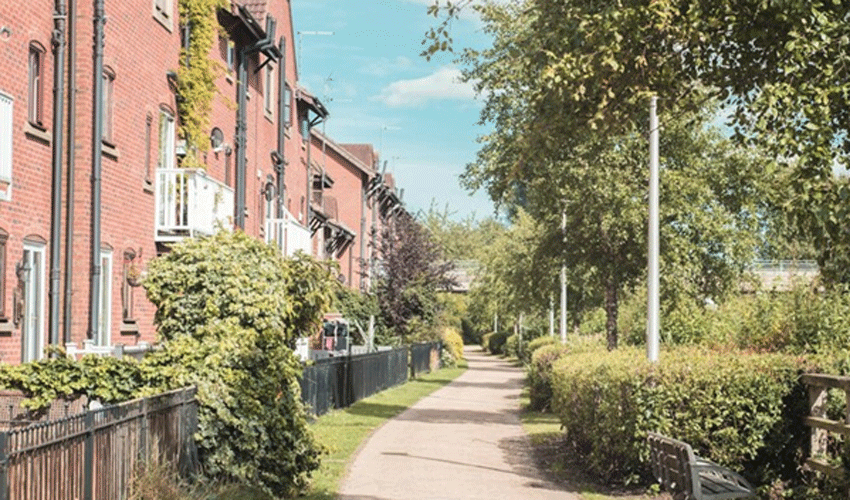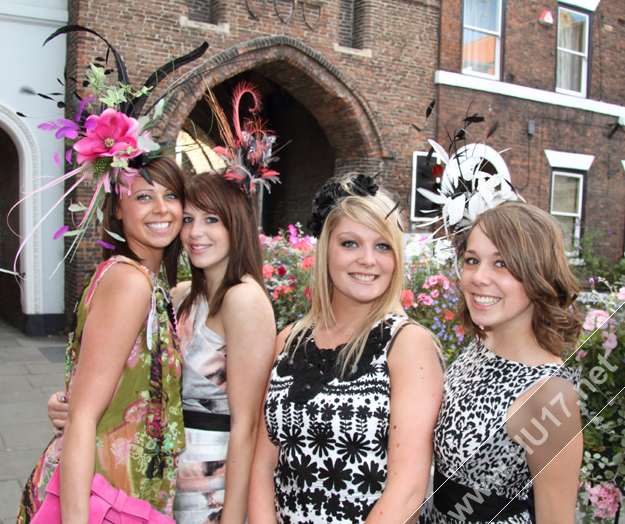
This month we celebrate 200 years since the Battle of Waterloo, that famous victory over the ‘old enemy’ France. As a nation we tend to revel in the rivalry between ourselves and the French.
Thankfully, today this is a friendly rivalry but nevertheless we still enjoy drawing comparisons between our cultures and remarking about the differences.
Maybe this is what helps us define our national identity, and perhaps one of the most celebrated ‘differences’ between our cultures is the notion that the French eat snails, or “l’escargots”.
It may then come as a shock to many an Englishman to hear that, rooted in our own history, is a variation on this most French of traditions.
Local archives, held at the Treasure House in Beverley, reveal that people in the East Riding didn’t eat snails, they drank them. Recipes for ‘snail water’ have been identified amongst other historic food and drink recipes and it would appear that it was a popular concoction in the 17th and 18th centuries, maybe even earlier.
One of the recipes stresses the importance of taking the snails alive: “Take a peck of garden snails heap’d up & be careful [that] none of them are dead. Keep stiring them in a bole of beer and as the froth riseth take it off”.
Sam Bartle, collections officer, said: “You could say that for most of us in this country, the idea of consuming a snail would be like doing a bushtucker trial, it’s just not on our list of ‘acceptable’ foodstuffs. So it’s surprising to learn that our forebears right here in the East Riding did just that in the 17th and 18th centuries.”
It’s funny how things can just go out of fashion, but believe it or not we’re starting to rediscover the amazing properties of snails. Snail facials are fast becoming the next big thing in cosmetics as people start to take advantage of the nutrients and antioxidants contained in snail mucus, which helps promote healthy-looking skin.
That wasn’t news to our ancestors though. They were onto that game centuries ago, as shown by a 1792 recipe, also in the East Riding Archives, for ‘restoration jelly’, whose main ingredient was a “quantity of house snails.” *
You can explore more bizarre recipes by visiting the Archives at the Treasure House, Champney Road, Beverley. For more information, call (01482) 392790.
*In the interest of personal safety, hygiene, and snail safety, we do not recommend that you try any of these recipes as they are merely items of historical curiosity and have not been clinically approved.












